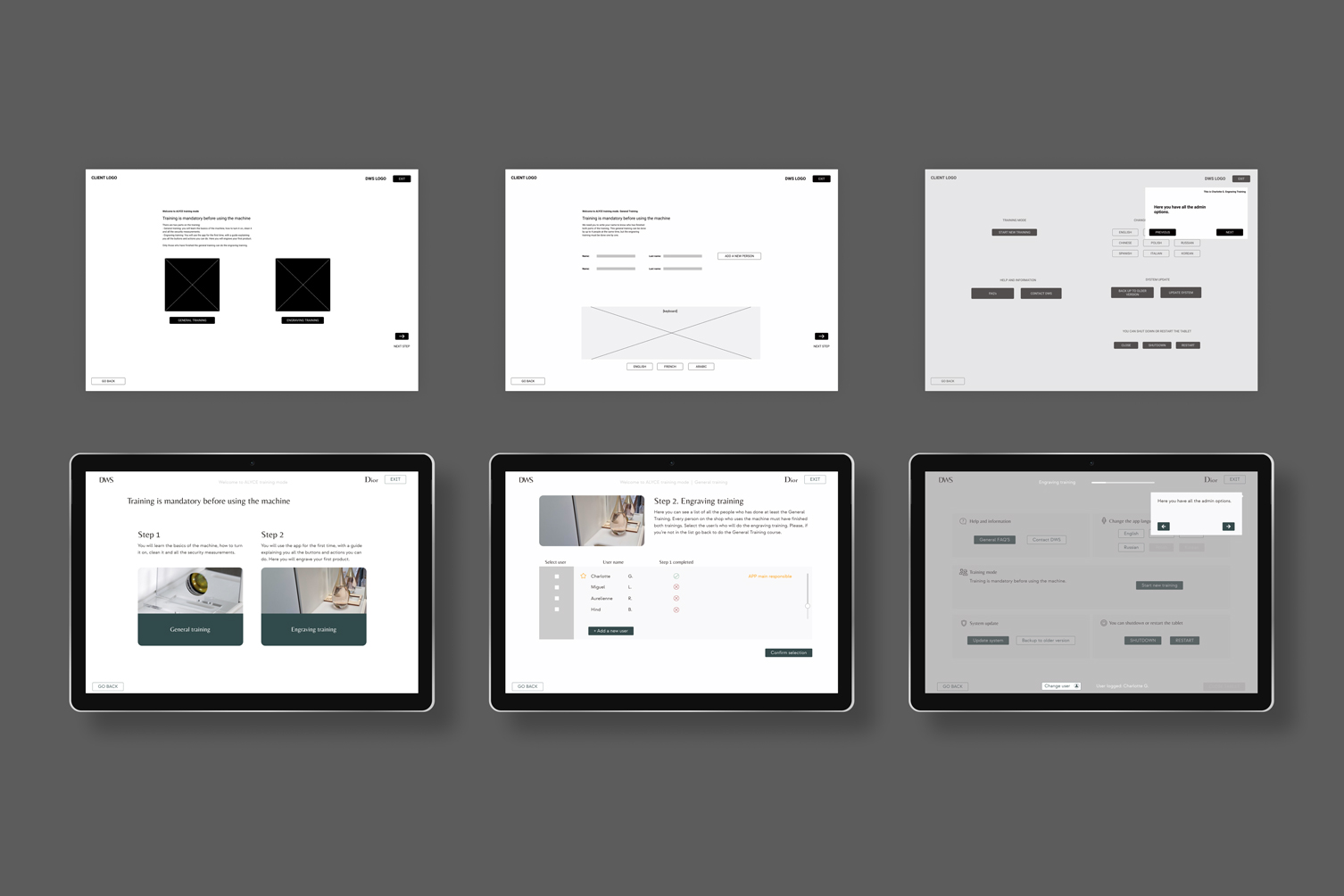User experience and interface design (UX-UI)
User experience (UX) and interface design (UI) are two distinct yet complementary disciplines for creating functional digital environments.

We design websites, apps and other digital experiences.
Reach out to us to bring your project to life.
Interface design (UI)
Whenever we use computer software or make a call on a mobile phone, we engage with a user interface (UI). The interface is the design that enables interaction with a digital product, providing commands (icons to accept or reject a call, for example) through which the system can also convey information to the user (such as an error message when filling out a form).
Therefore, the interface designer is responsible for determining the structure and appearance of the product to be developed. This includes everything from the content and order of each page to the aesthetics of buttons, forms, menus, typography, graphics, etc. Like any project, the design must adhere to general branding guidelines and a briefing that outlines the strategy to follow.
Above all, the goal is to merge image with function, always favouring functionality. When designing interactive products, the primary objective is to make them intuitive, easy and comfortable for users.
User Experience (UX)
While the interface is related to appearance and design, user experience focuses on the person or people who will use the product. To build the best possible user experience, this team is responsible for analysing the behaviour and actions of the target audience through observation, interviews and data collection, among other techniques.
Unlike UI, UX is a broad concept that not only encompasses digital products but also studies interaction with a device, environment or medium (such as the buttons on an ATM). Before starting to outline the graphic appearance of anything, UX research is responsible for detecting needs, friction points, desires, etc. For example, a user experience expert will study the voluntary or involuntary reaction to an app, emotions toward the design of a website or the first intuitive actions in new software.

In this process of getting to know the end user very well, cross-cutting knowledge such as psychology, neuroscience or data processing comes into play. The actions that a user takes during their interaction with a product provide highly relevant information to improve or optimise digital experiences.
Although it is a discipline that is not visible at first glance, it is present in our daily activities, such as sending an email. As in interface design, “if you don’t notice it, it’s well done”.
The steps to create a digital product
At Misterio Studio, we have experience in creating digital products and experiences. It is important that the client and the entire team involved understand the main phases in such projects:
- Study of context and user experience
- Definition of web architecture
- Creation of wireframes
- Interface design
- Presentation of the result in an interactive prototype
- Testing with real users
- Study of results and adjustments
- Development
Proper planning of each phase, along with thorough analysis and collaboration from the entire team, will be crucial for the project to succeed. In recent years, techniques and processes for creating such products have been greatly refined, resulting in high-quality experiences and intense competition in today’s market.



Clients



























